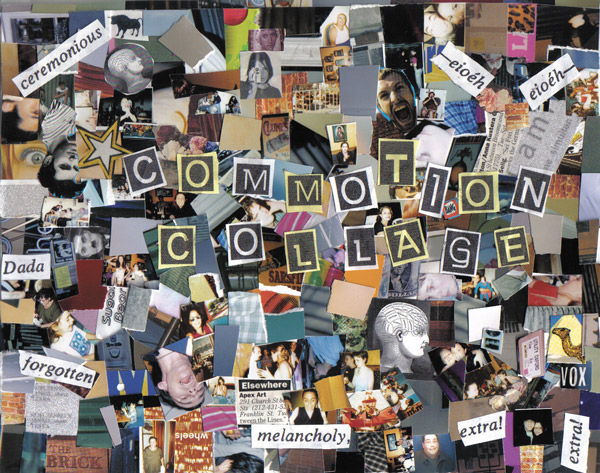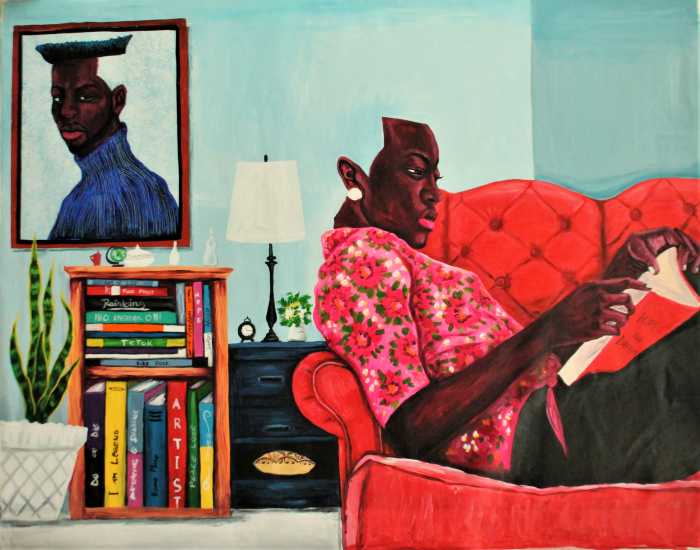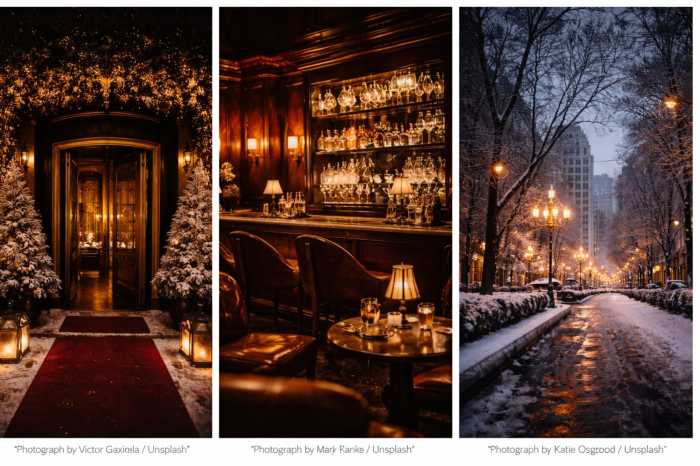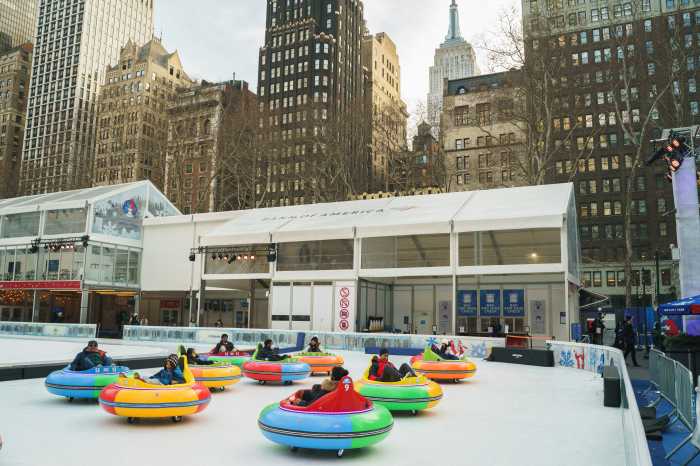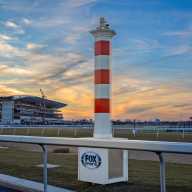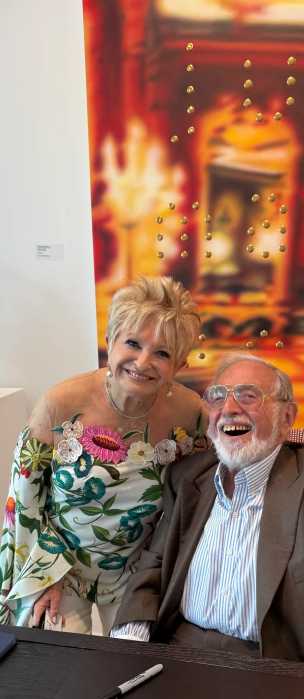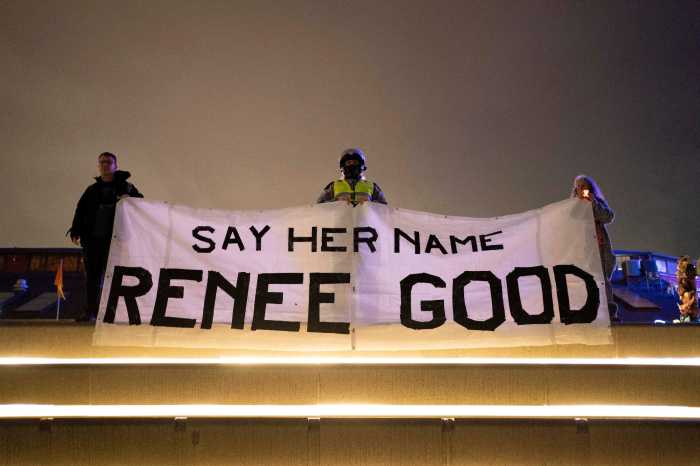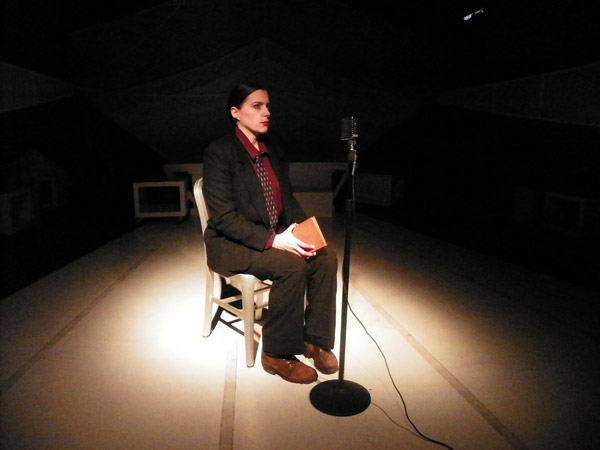
- Photo by Gyda Arber
Sound designer Ryan Holsopple’s revival of Alvin Lucier’s 1969 recording, “I Am Sitting in a Room,” presents the avant-garde composition as a concert-style performance using 2013 technology.
Brooklyn theater hosts festival of sound design
BY TOM TENNEY | The Brick Theater produces a lot of festivals — it’s kind of their thing. But festivals at the Williamsburg experimental venue aren’t your garden-variety observances of artist or genre: they’ve become the theater’s way of exploring aesthetic and cultural intersections. Sure, some of the dozens of festivals produced during the theatre’s first decade have had a chimerical bent (The Antidepressant Festival comes to mind), but just as often they examine critical connections between live theatre and other arts or performative elements. Their annual Game Play festivals, for example, present works that probe the relationship between performance and video gaming. Others, like the Comic Book Theater Festival, bring divergent artistic forms to the theatrical table.
It’s what Co-Artistic Director Michael Gardner calls “hybrid theatre,” and it makes one wonder what took them so long to come around to sound design. But come around they did — and for two weeks starting June 7th, the Brick Theater will present sound scape: a festival of 11 productions that celebrates the sound designer as a driving creative force.
“I’m a huge fan of sound design,” Gardner said. “It’s an unsung art form, and needed a spotlight. In this festival, the sound designer is the primary artist, and sound design, typically in the background in most theatrical shows, is foregrounded.”
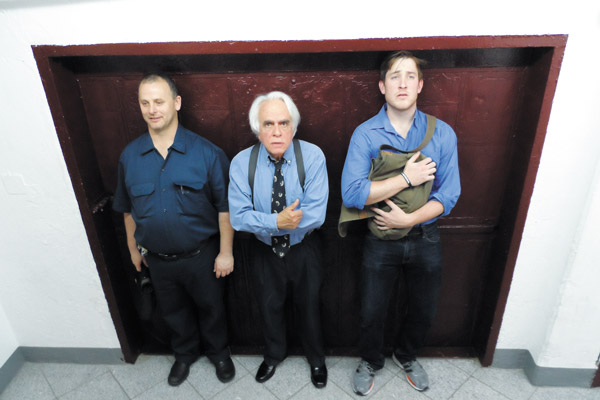
- Photo by Chris Chappell
Chris Chappell’s “ELE↓↑TOR” takes place in an elevator in the Empire State Building, slowly ascending through a sonic spectrum on its way to the 80th floor.
While sound and theatre aren’t exactly incongruous forms — sound, of course, is an integral element in theater — the aural is normally relegated to the role of servile valet to the mighty image, and this is precisely what makes it cry out for a festival of its own.
Scanning the roster of performances, it’s hard to miss the fact that over half the productions in sound scape are based on past works — a fact that is thrilling to Gardner, who also curated the festival. “There’s a lot of classic text in there, and it spans a wide swathe of time,” he said. “You’ve got Homer, Dante, Beckett and Virginia Woolf. It wasn’t intentional, it’s just how it fell out.”
One of the most intriguing of these is a performance of Alvin Lucier’s 1969 recording, “I Am Sitting in a Room.” A classic among aficionados of avant-garde composition, Lucier’s piece is as much a scientific experiment as it is a work of art. In the original, Lucier recorded himself speaking into a tape recorder in an isolated room. The tape was then rewound, played back and re-recorded onto a second machine. This process repeated through several generations, each producing resonant frequencies which harmonized with each other — until the artist’s voice was obliterated, and all that remained were reverberating tones. This was groundbreaking stuff in 1969, and sound designer Ryan Holsopple’s revival as a concert-style performance designed using 2013 technology (the multimedia program Max/MSP) may be considered a scientific experiment in its own right.
Holsopple will employ the Brick’s new 5.2 surround sound system, but his use of modern tech is aimed towards maintaining the original piece’s simplicity. “It’s very stripped down and simple at its core,” he explained, adding that a public performance allows the possibility of the audience becoming part of the composition itself, in the tradition of John Cage. “If people get up to go to the bathroom, cough, move around, or if a siren goes by, every sound becomes a part of it because the room is constantly being recorded.”
Chris Chappell also plans on exploiting the Brick’s new sound system to its fullest. His piece, “ELE↓↑TOR”, was developed specifically for the kind of theatrical spacialization that a surround system can provide. The play takes place in an elevator in the Empire State Building, slowly ascending through a sonic spectrum on its way to the 80th floor.
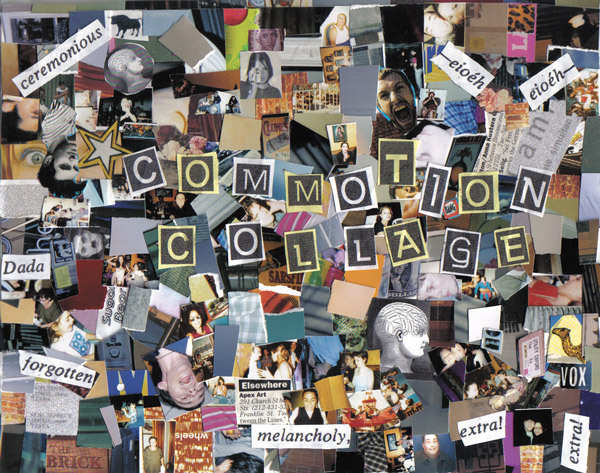
- Image courtesy of Roger Nasser
Director Roger Nasser’s “Commotion Collage” appropriates elements from the Dadaist simultaneous poem.
Elevators are awkward and uncomfortable, and Chappell sculpts his sound to evoke this feeling in the audience. “We’re trying to create a feeling of being pushed into the confinement of a closed space,” he explained. Chappell cites two disparate sonic inspirations for the piece — elevator music, and the “noise instruments” developed by Futurist Luigi Russolo a century ago. He views the former as “a really empty kind of music, with a flattening quality that dampens the sharper emotions” — a perfect soundtrack to the social awkwardness of elevators.
Russolo’s influence is a bit more opaque, with pounding, electrical zapping and the sounds of “unfathomable technology” providing a counterpoint to the corporate, anxiety-mitigating quality of elevator music. Chappell says this theatrical noise “is not about soothing the modern man, it’s very loud and threatening and unpredictable.”
Another interesting sonic play on the past is “Commotion Collage,” which appropriates elements from the Dadaist simultaneous poem — a form pioneered in 1916 by Tristan Tzara at the Cabaret Voltaire, in which multiple voices and other sounds combine in a singular sonic composition.
Director Roger Nasser’s appropriation liberates the original form from its historic cultural context, and yokes it into service as a building block for a more contemporary version of the acoustic collage. “I’m going to take fragments of the original poems and weave them throughout, as part of the background,” he explained. He’ll also include contemporary sounds, such as answering machine messages, white noise and a riff from the “Family Ties” theme song — artifacts from an electronic culture that didn’t yet exist in 1916.
Given the number of ways the festival’s producers are demonstrating that a focus on sound can spur such theatrical innovation, it’s unlikely that sound scape will be merely a one-off festival, and may even become a staple of the Brick’s annual offerings. “I like the idea that theatre began as an auditory experience,” Gardner said, adding that, “Today, one thinks of going to see a play. But we want to remind the audience that they’re there to listen. I hope this is an opportunity for audiences to reinterpret what the stage is to them, and to re-imagine what a theatre-going experience can be.”
THEATER
Sound Scape
A Festival of Theatrical Sound Design
June 7-29
At The Brick
579 Metropolitan Ave.
At Lorimer St., Williamsburg Brooklyn (btw. Lorimer St. & Union Ave.)
Tickets: $15, online at bricktheater.com or call 866-811-4111



